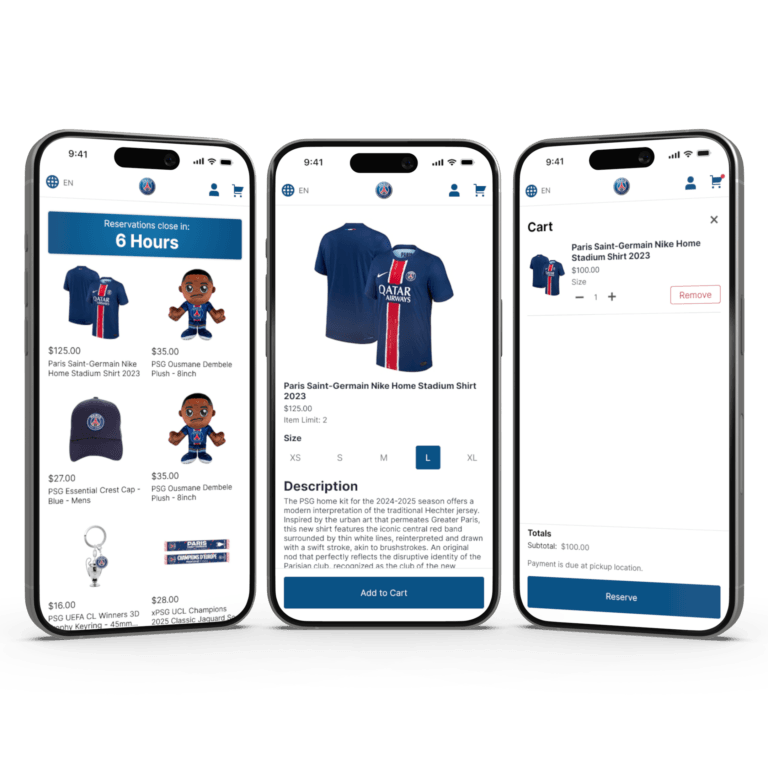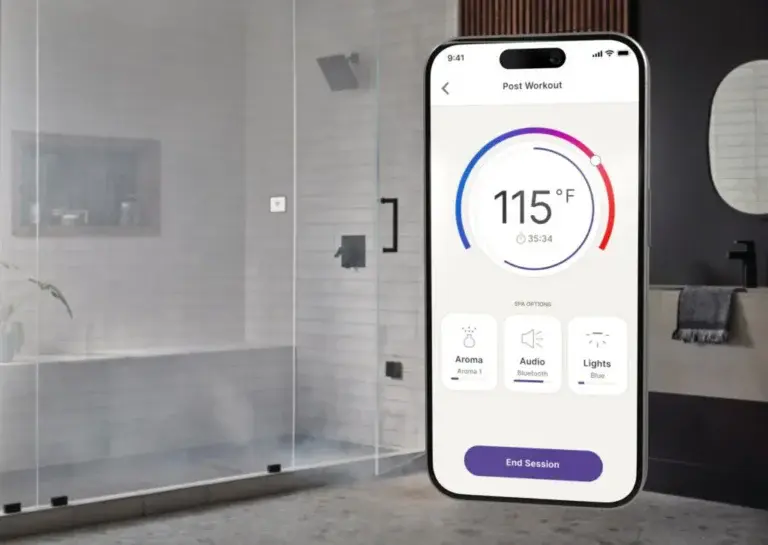
Implementing Enterprise DevOps Solutions
Our animal health pharmaceutical client needed help streamlining their enterprise DevOps process to shorten timelines, reduce costs, and improve supportability.
We built and deployed standardized development environments that reduced setup time from 30 days to 30 minutes.
What We Did
Tech Stack

Opportunity
Our animal health pharmaceutical client provides innovative products and services to help raise and care for animals. They use a variety of technologies to support their customers, ranging from static product information sites to complex web applications.
The manual process our client used to set up and approve new environments took an average of 30 days. This led to several problems:
- long wait times to begin new projects
- delayed overall delivery times
- higher development costs
- inconsistent development environments
- inefficient use of IT time
Our client needed help streamlining their enterprise DevOps process to shorten timelines, reduce costs, and improve supportability.
We had recently built enterprise digital marketing solutions for this client. During those engagements, we demonstrated our expertise in modern DevOps and Agile Software Development practices, including Infrastructure as Code (IaC), Continuous Integration (CI), and Continuous Delivery (CD). As a result, our client knew we could help with their enterprise DevOps project.

Solution
Our work involved two phases.
Phase 1: Developing an API Solution
While our client had a lot to accomplish, they first engaged us for a smaller portion of the project. During this phase, we learned more about the root issues our client needed to address.
We collaborated with our client’s architects for context on their infrastructure. We built an API solution using an Azure Function App to do validation for ServiceNow. Then we used Azure DevOps pipelines, Terraform, and Ansible jobs to create infrastructure in our client’s new cloud provider of choice, Google Cloud Platform (GCP).
Phase 2: Standardizing Development Patterns
After we successfully delivered the first engagement result, our client extended our scope to include bigger pieces of the project.
We went on to build and deploy several standardized development platform patterns. By packaging practices such as security by design, automated audit, and documentation-as-code with cost-effective architectures, our client could offer ready-built platforms for solution teams to start from.
Our team built two initial patterns that paved the way for the enterprise DevOps project:
- Static web app pattern – We built and deployed a static web app pattern from top to bottom. We learned the steps involved in their environment spin-up process, then automated those steps. With automation in place, we tested and confirmed the new standard development practices were working as expected for this pattern.
- Web app pattern – We used Terraform to deploy a web app pattern across multiple cloud providers: GCP for core web services and Azure Active Directory (AAD) for single sign-on (SSO).
We collaborated with other developers and architects, both from the client and from other vendors, on the patterns they built, including:
- VM pattern — We recommended increasing VM configurability, which eliminated the need for users to write code and saved them time. We also built an integration between GitHub Actions Pipeline and Ansible Tower to automate VM hardening.
- Data pattern — We reviewed and tested the data pattern to ensure compliance and consistency with other patterns.
- Complex web pattern using microservices — We collaborated to deploy an example web application to Cloud Run for Anthos.
Results
Our client shared that this enterprise DevOps project is the most significant step yet for their IT organization, enabling greater business agility and speed-to-market. The project was reviewed by all of their key partners, including Google Cloud, GitHub, and HashiCorp Terraform, and was identified as a best-in-practice implementation of their capabilities.
30 Days to 30 Minutes to Set Up Development Environment and Infrastructure
The new automation — built with Infrastructure as Code tools, including Terraform and Ansible — reduced the development environment setup from 30 days to 30 minutes. By standardizing the development environments, we cut out manual approval checkpoints and created consistency that minimized the approvals needed.
Reduced Cloud Spending by Moving to GCP
As the client made changes to standardize their development environments, it was an opportune time to move to their new default cloud platform, GCP. We used Terraform to build most cloud infrastructure in GCP. The move to GCP enabled cost savings of $1 million each year.
Recent Case Studies


Empowering Patients with a Groundbreaking User-Friendly CGM

Crafting Luxury Smart Home Solutions: The Power of Tech-Enabled Innovation
Let’s develop something special.
Reach out today to talk about how we can work together to shake up your industry.